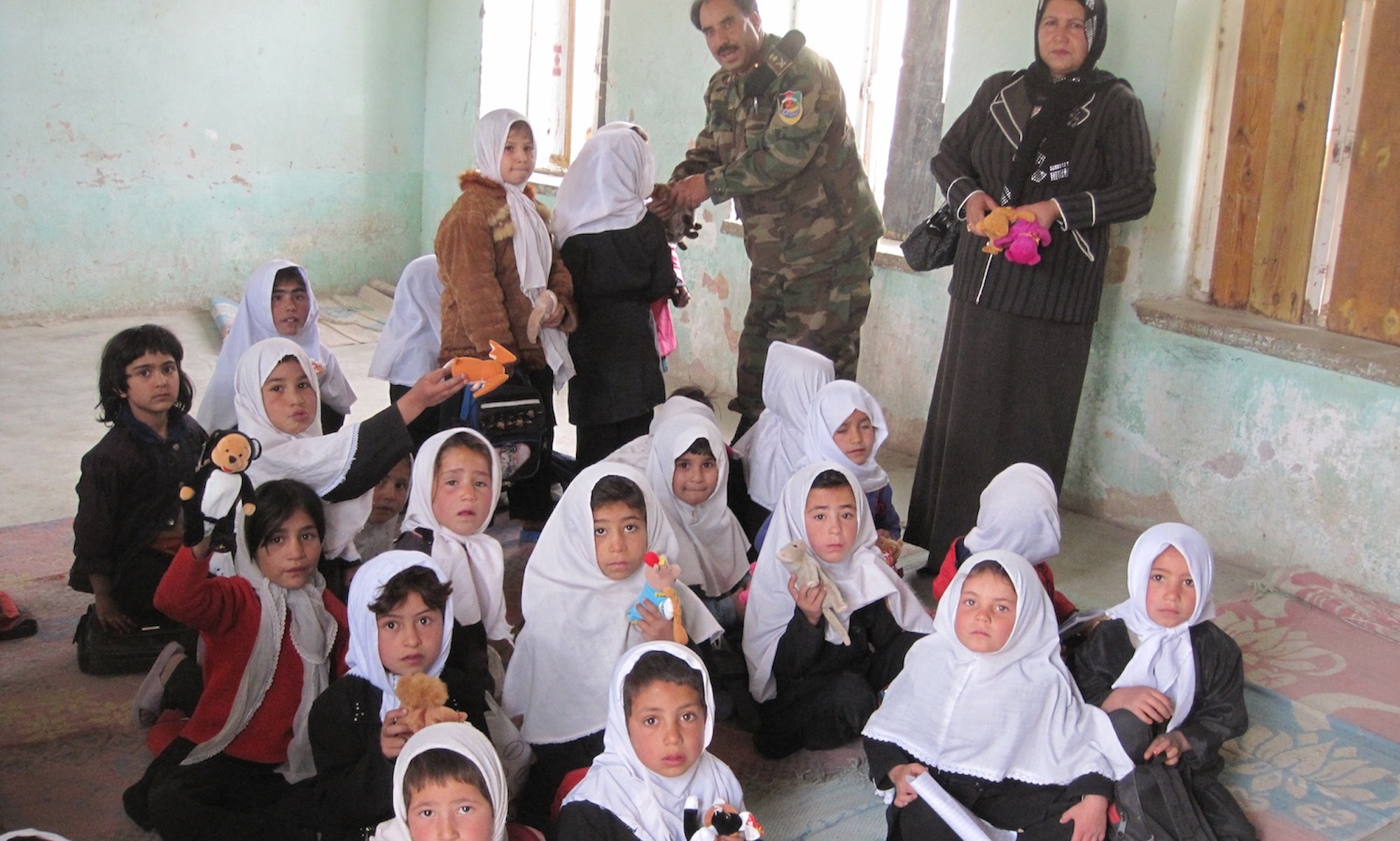Understanding the Middle East Peace Process: A historical institutionalist approach
Israel’s Pessimistic View of the Arab Spring
The use and limitations of conflict analysis: the case of the UNDP in the occupied Palestinian territory
The European Union’s role in the Palestinian Territories: state-building through Security Sector Reform?
Three Two Tango: Territorial Control and Selective Violence in Israel, the West Bank, and Gaza
Violence and Control in Civil Conflict: Israel, the West Bank, and Gaza
Containment and territorial transnational actors: Israel, Hezbollah and Hamas
Containment has been salient in intellectual and policy debates for 60 years. It informed US foreign policy towards the USSR and, later, the so-called rogue states. The endurance of containment beyond the Cold War suggests that it possesses the quality of transferability, the capacity of a grand strategy from the past to transcend the circumstances that gave rise to it, to suggest what should be emulated and what avoided in future policies. Drawing on the notion of transferability and on the method of structured, focused comparison, this article uses Israel’s foreign policy towards Hezbollah and Hamas to argue that containment is transferable from the state level to a state/territorial transnational actor (TNA) relationship, albeit with permutations. This argument is examined in relation to four issues: the circumstances under which containment arises; its applicability to territorial TNA; the objectives sought by implementing containment; and the role of legitimacy as a component of containment. In so doing the article seeks to make a contribution to the debate on containment. While there is a rich literature on state containment, research on containing territorial TNA has been extremely limited.
